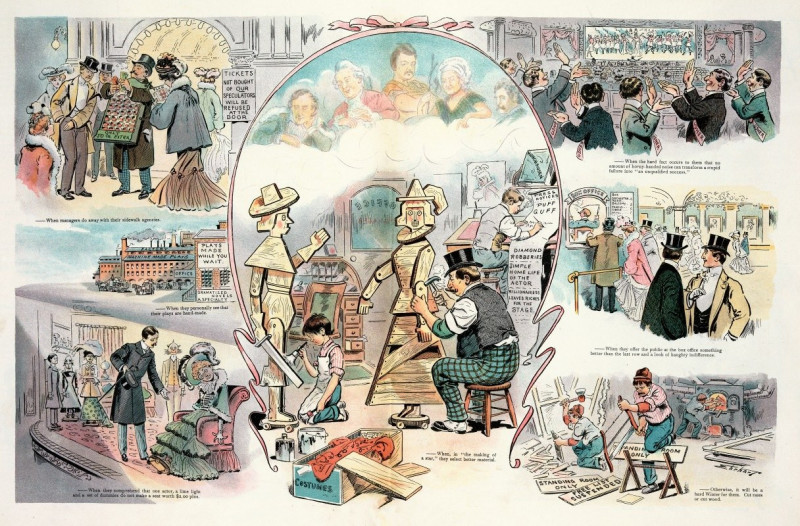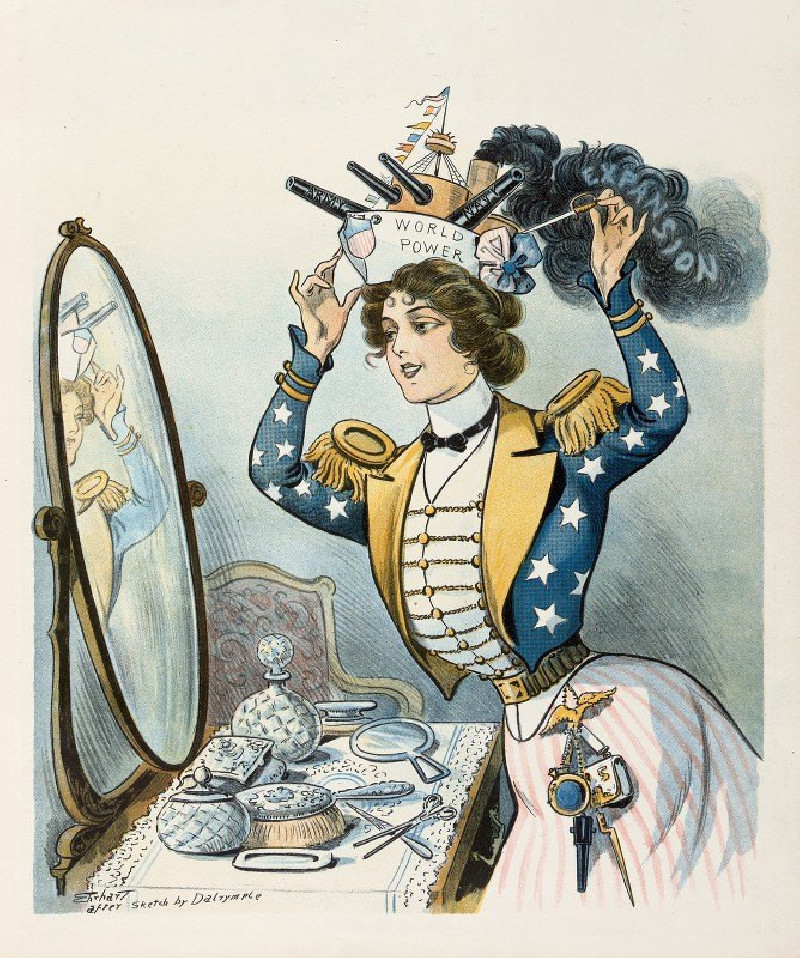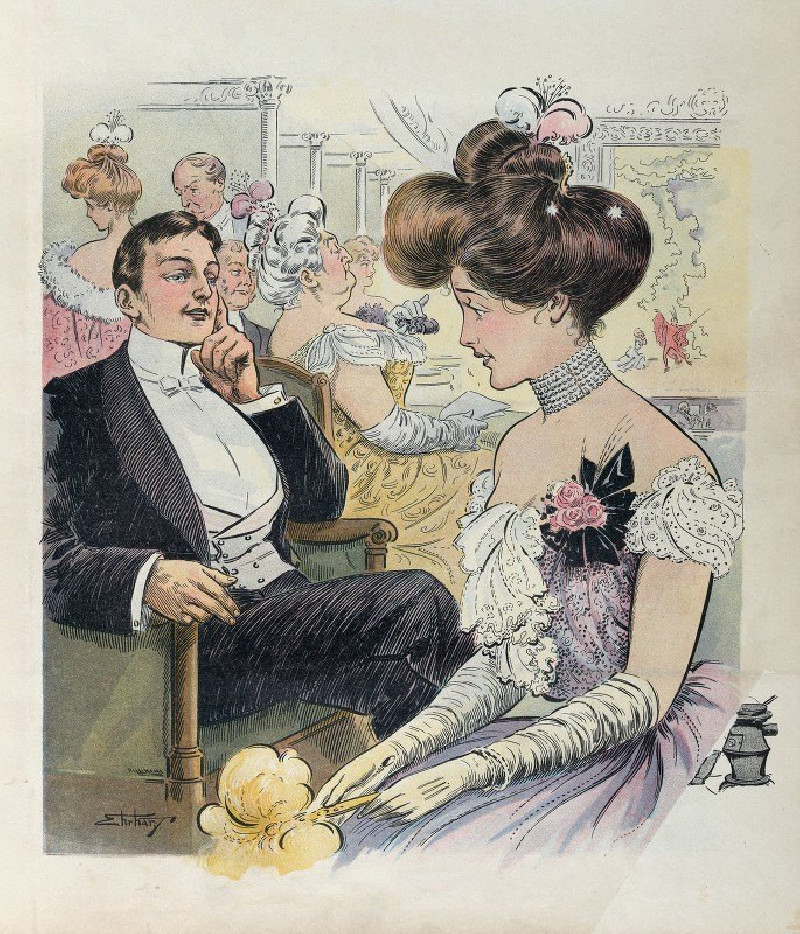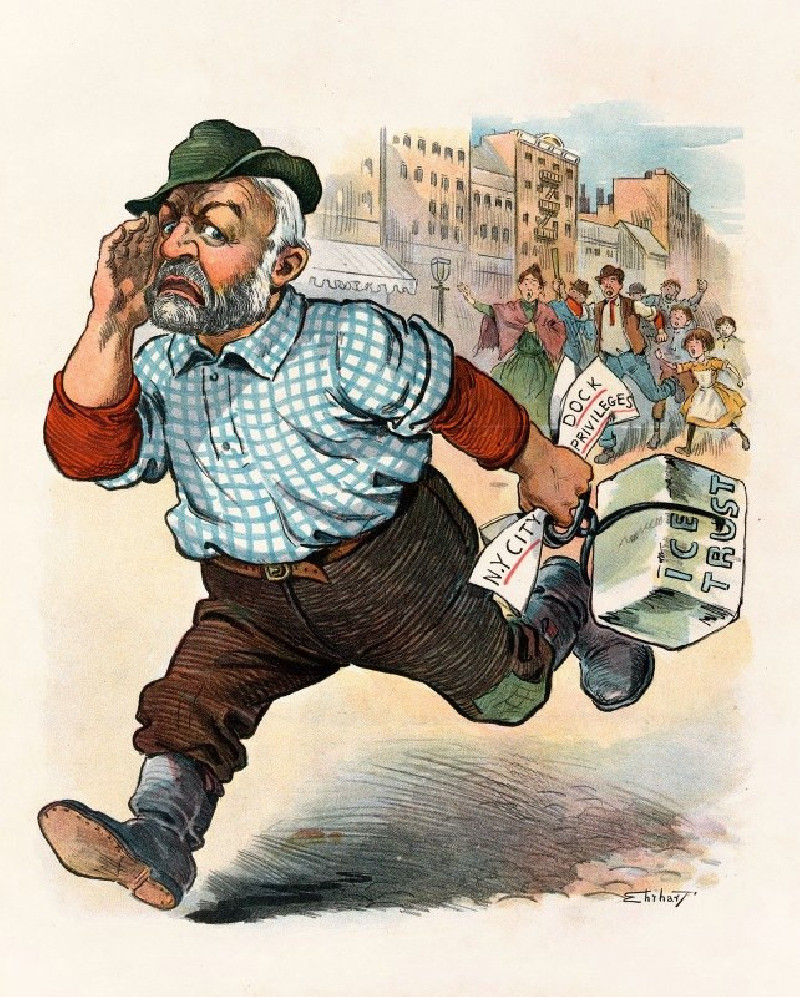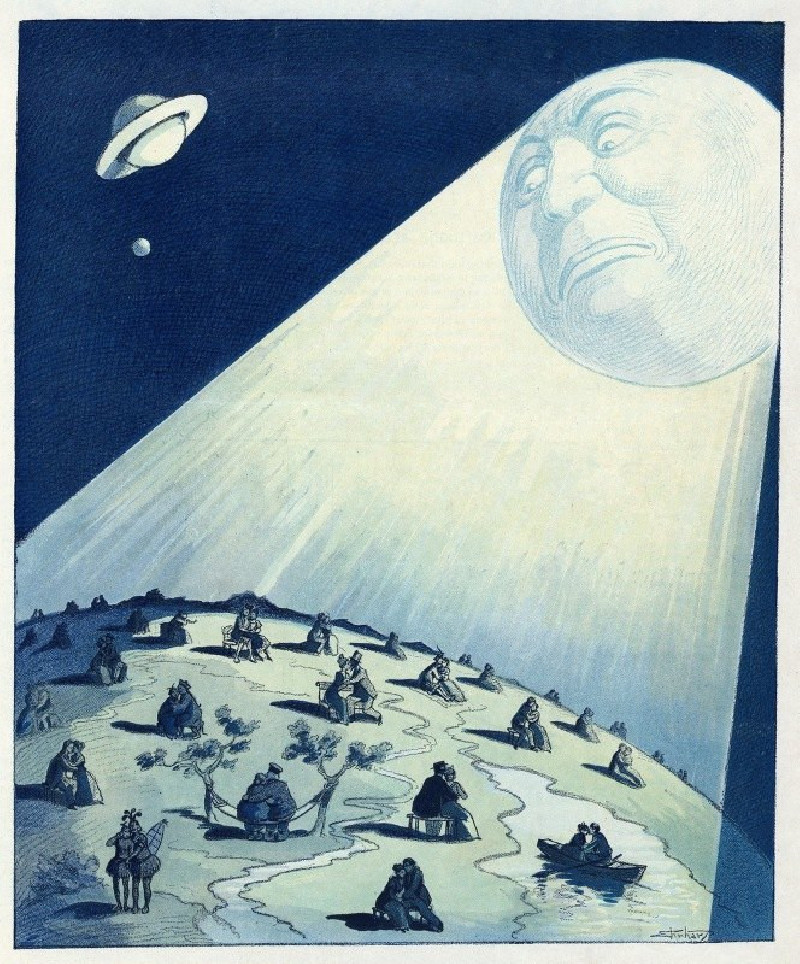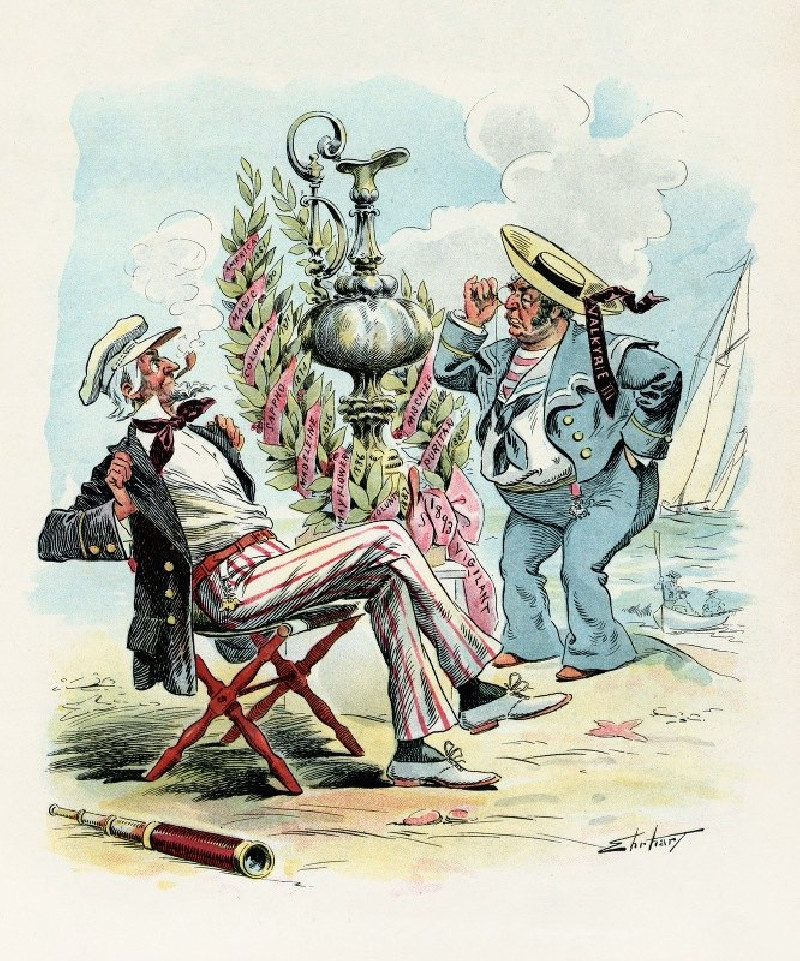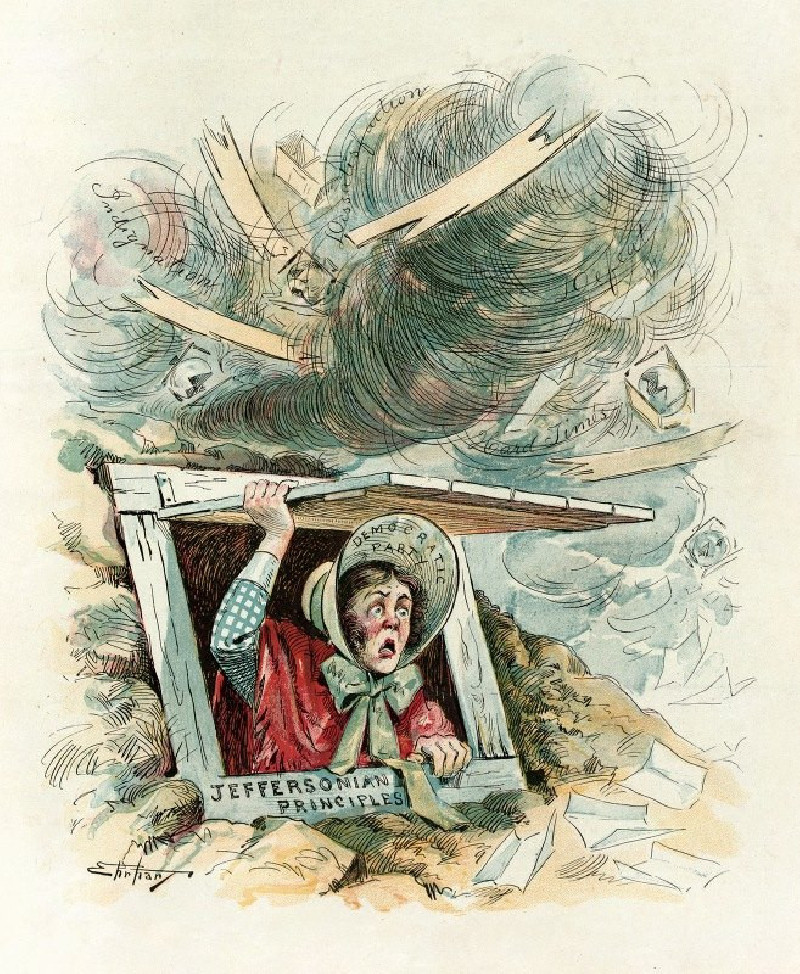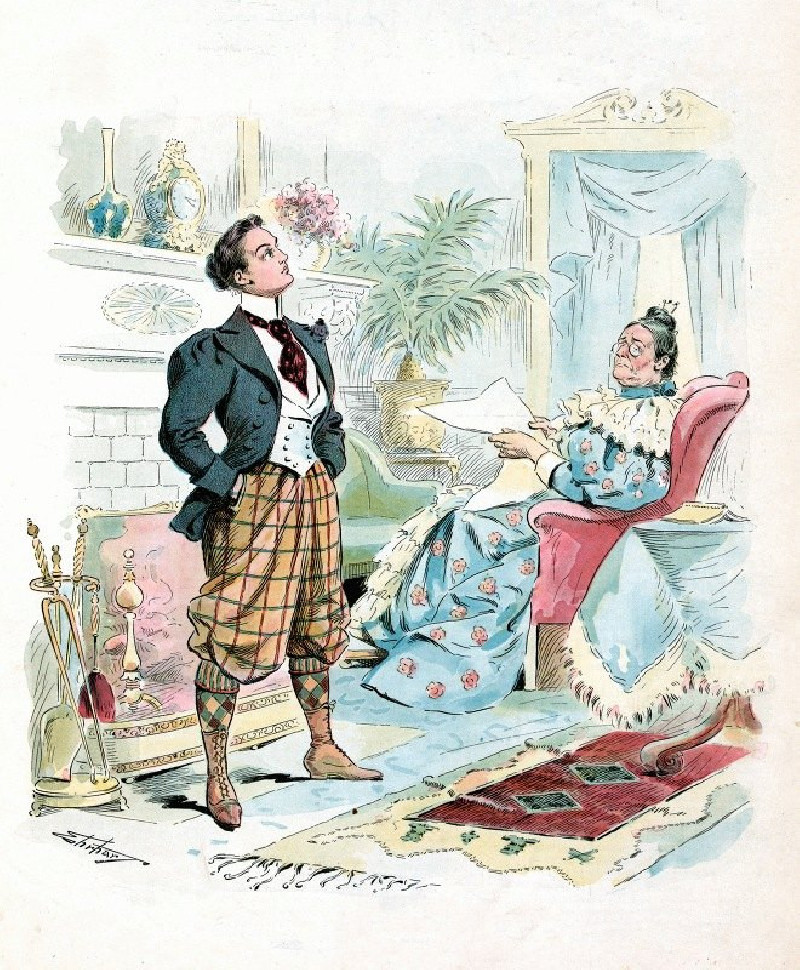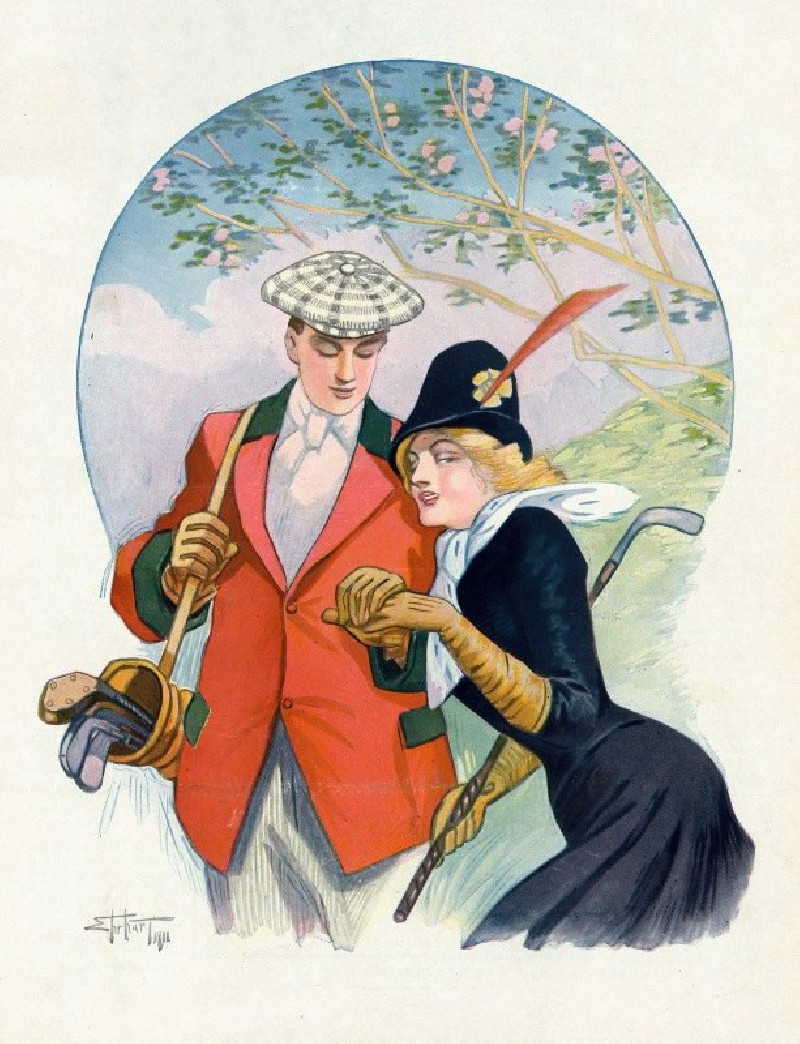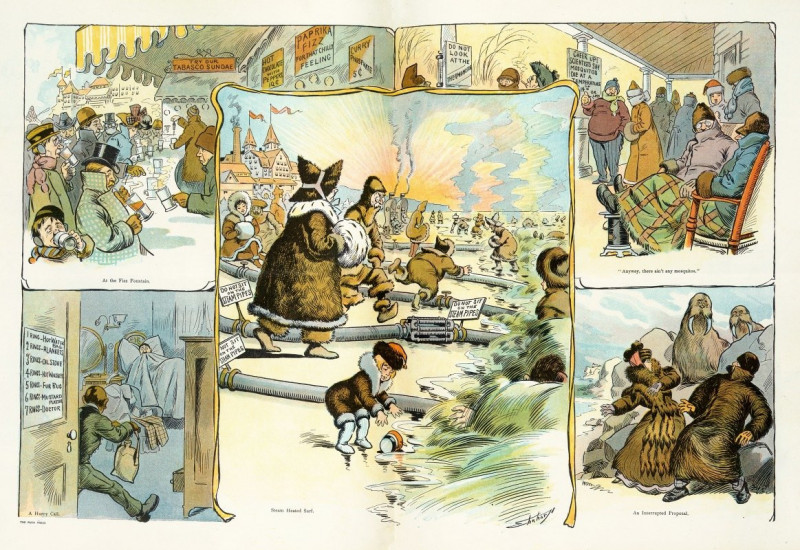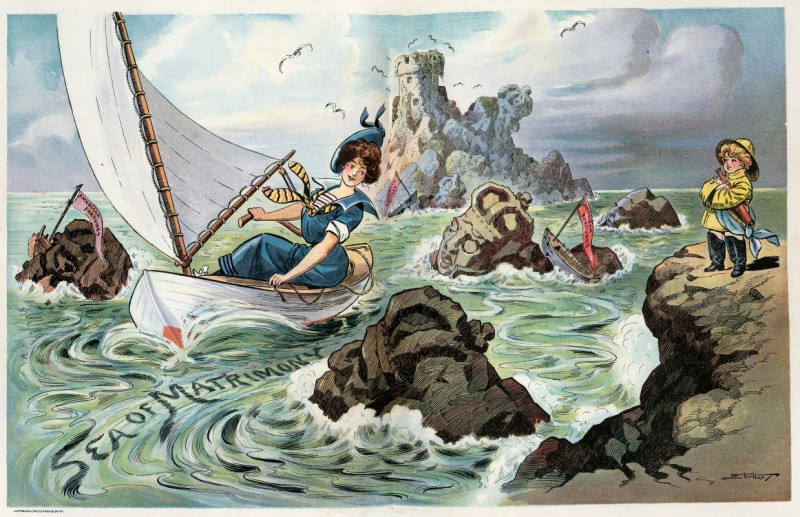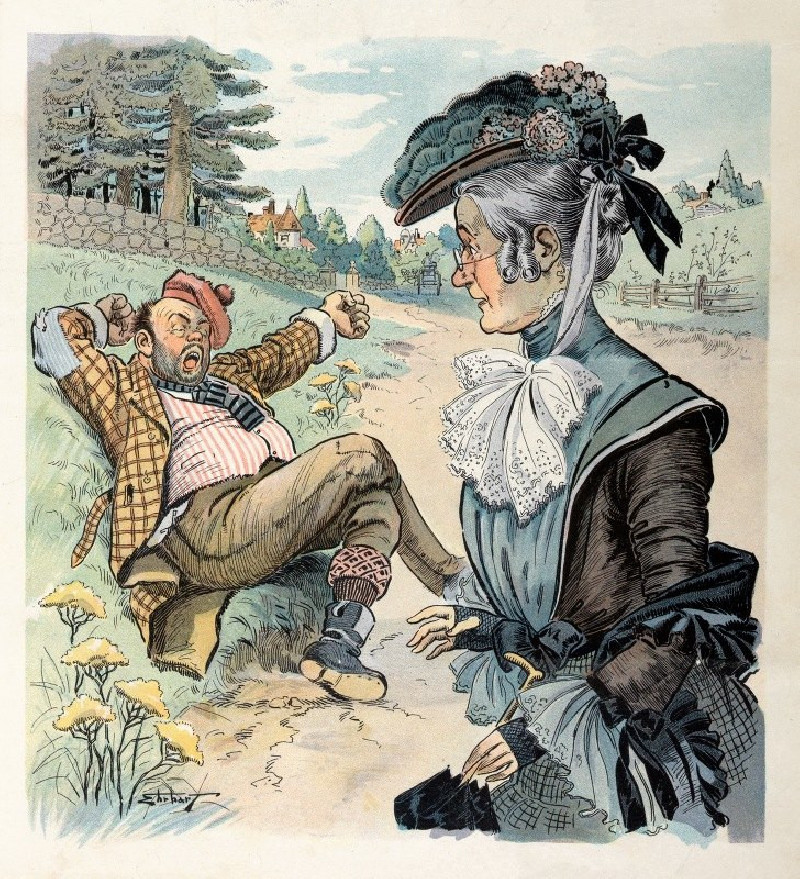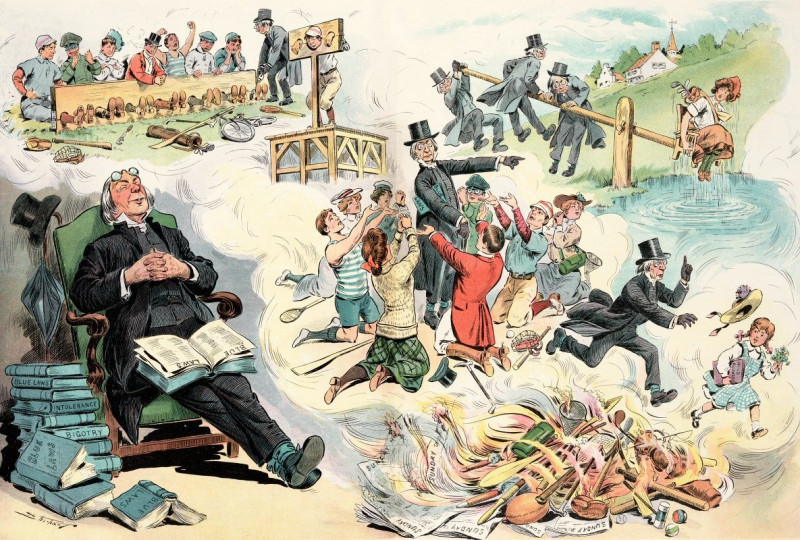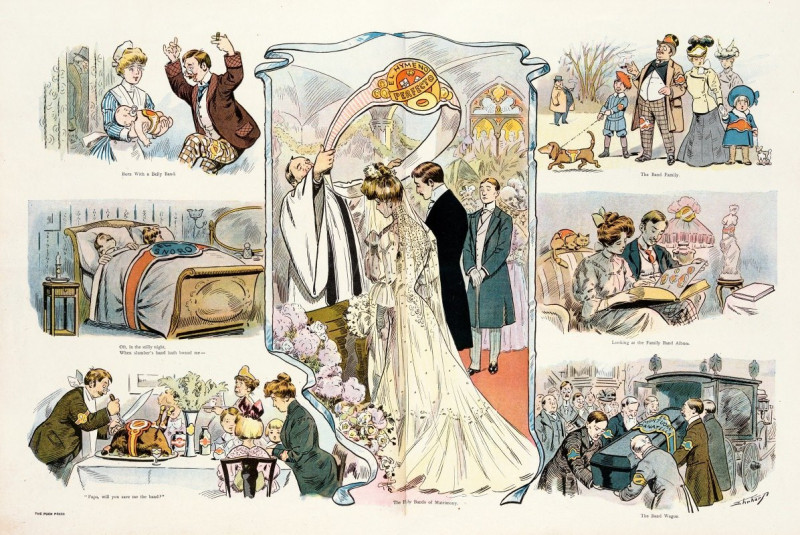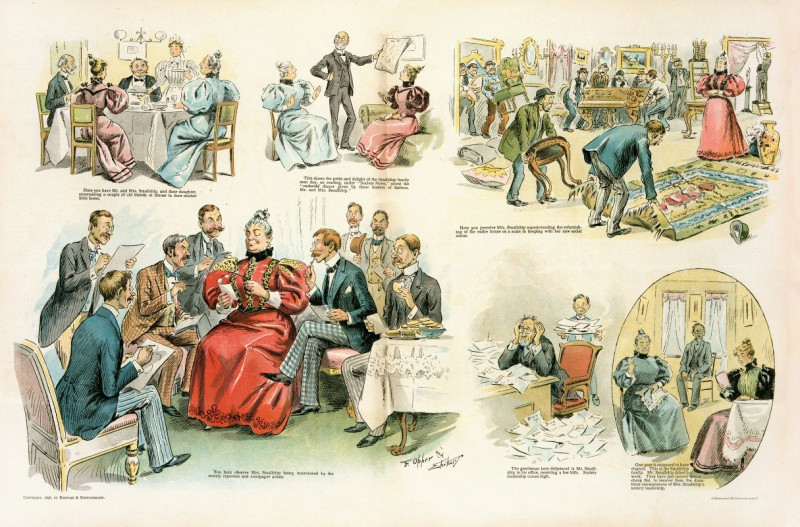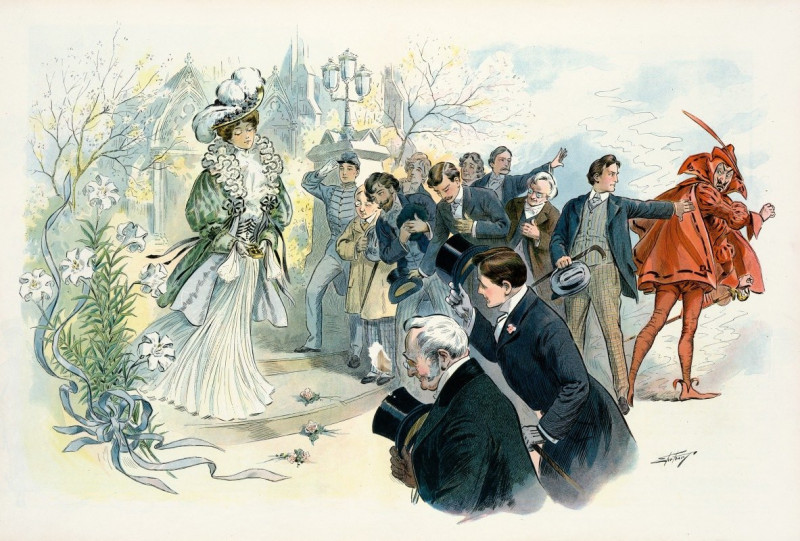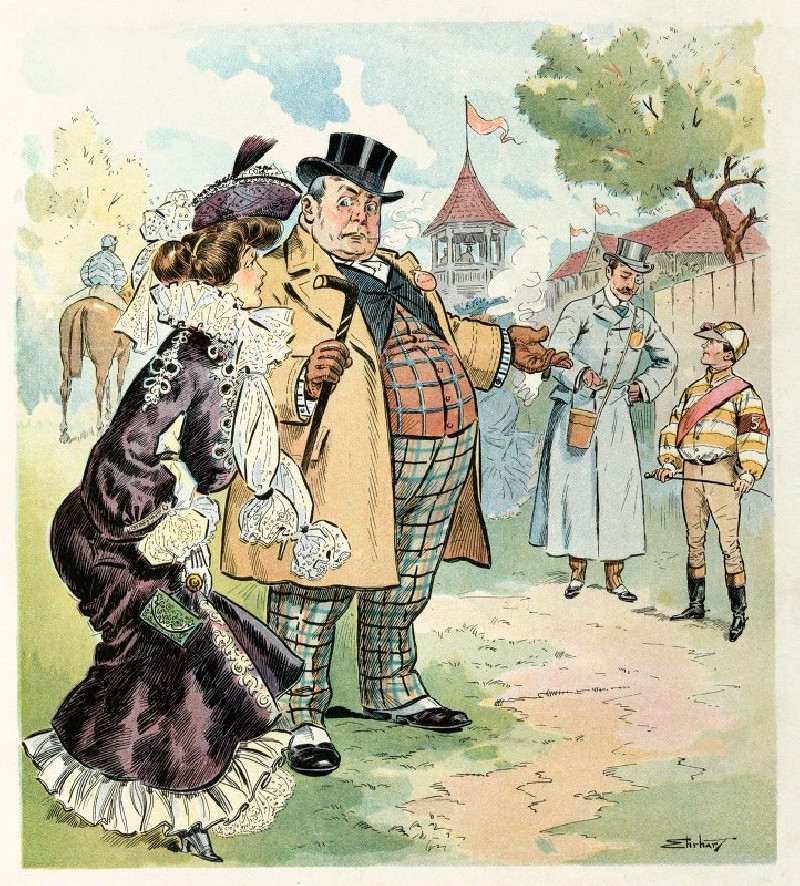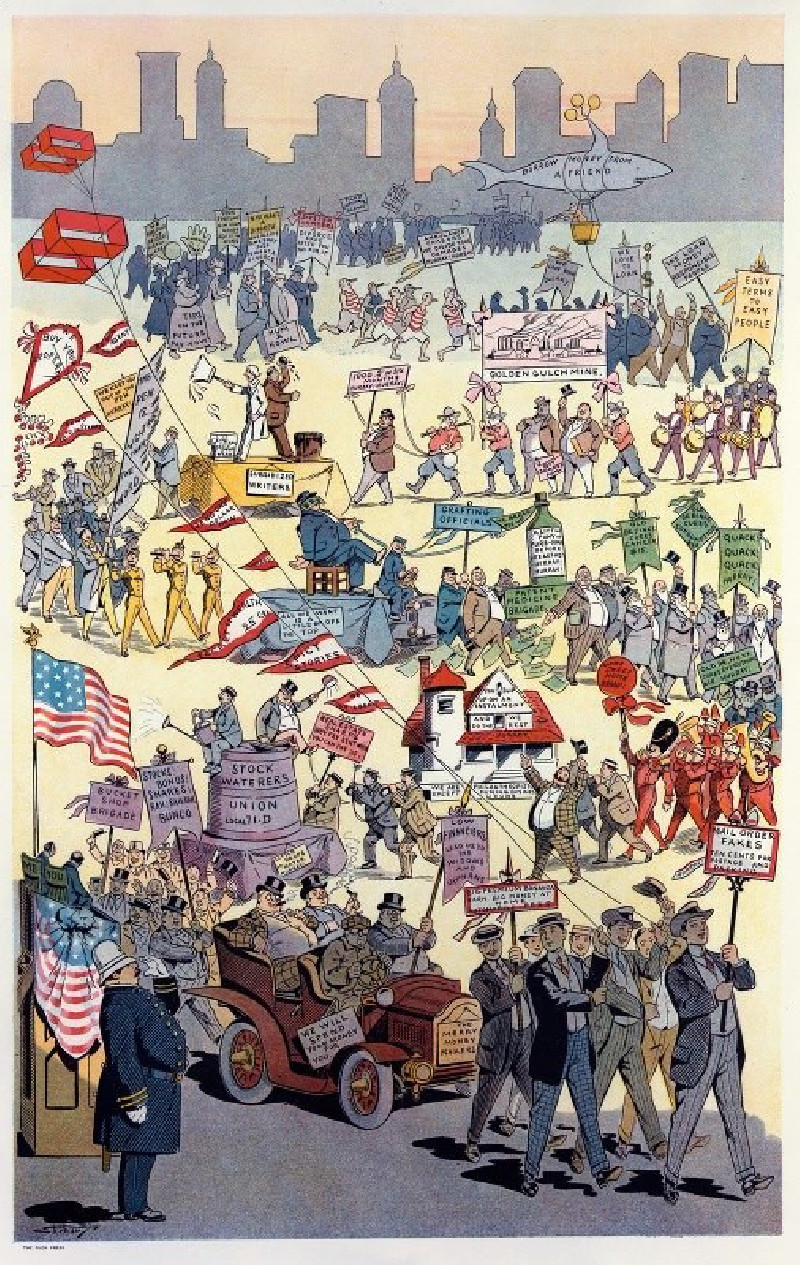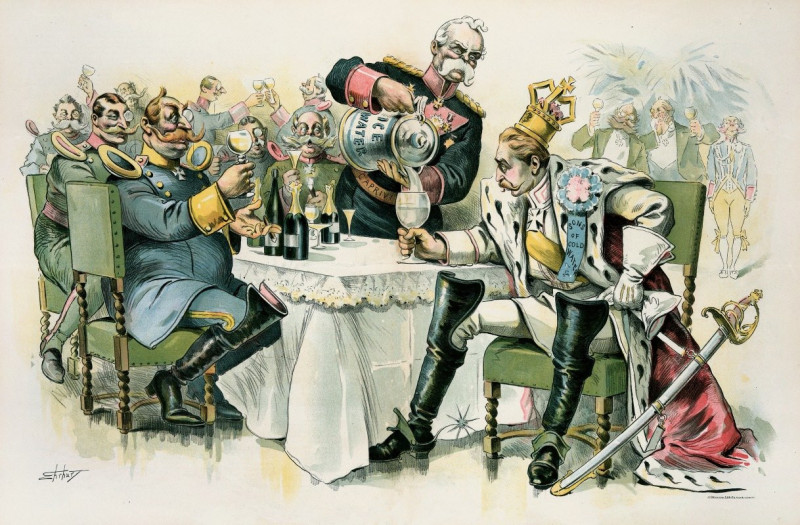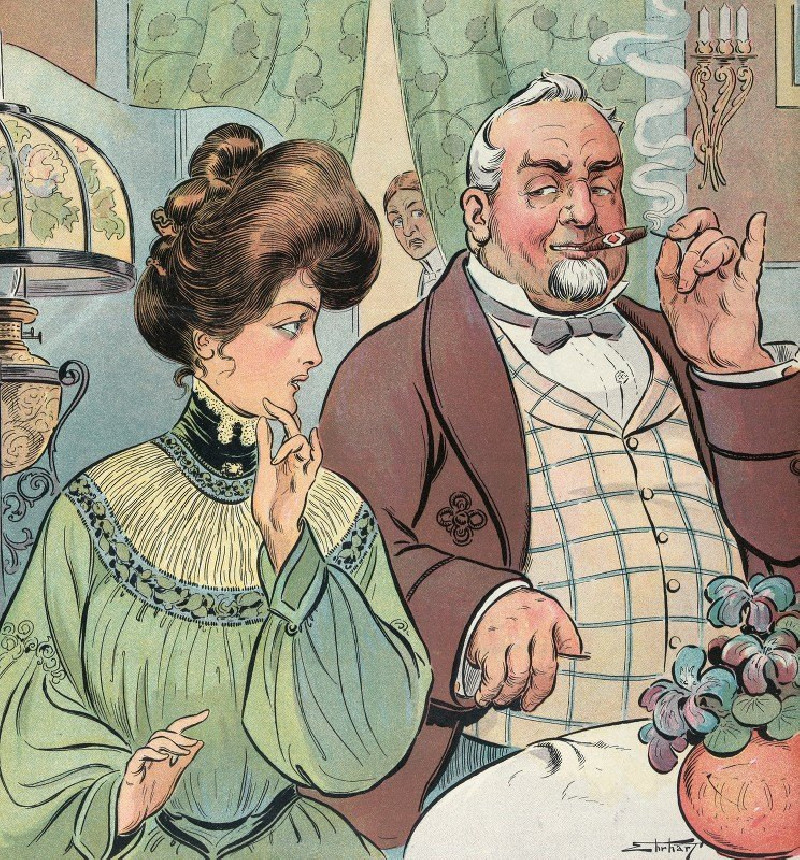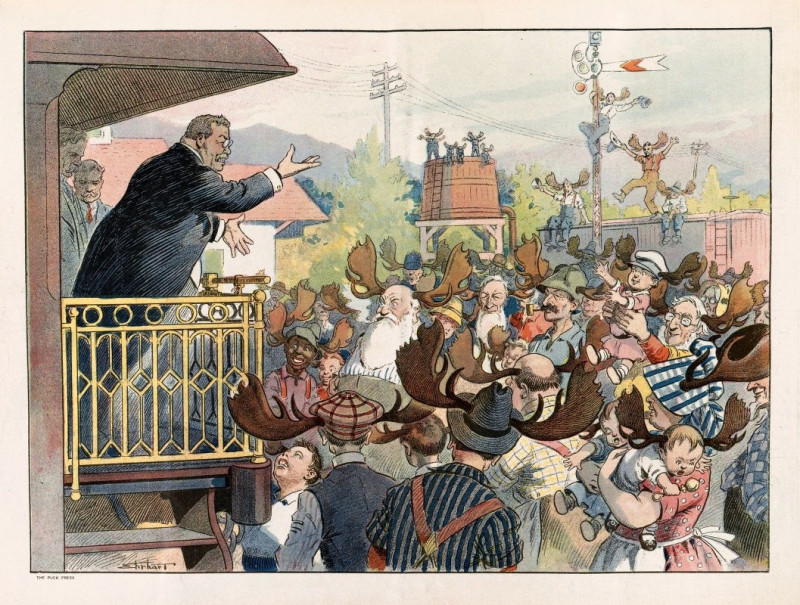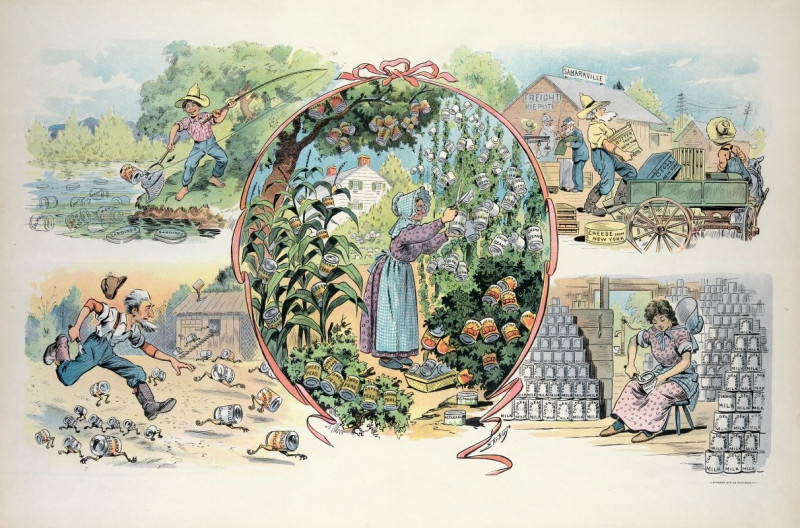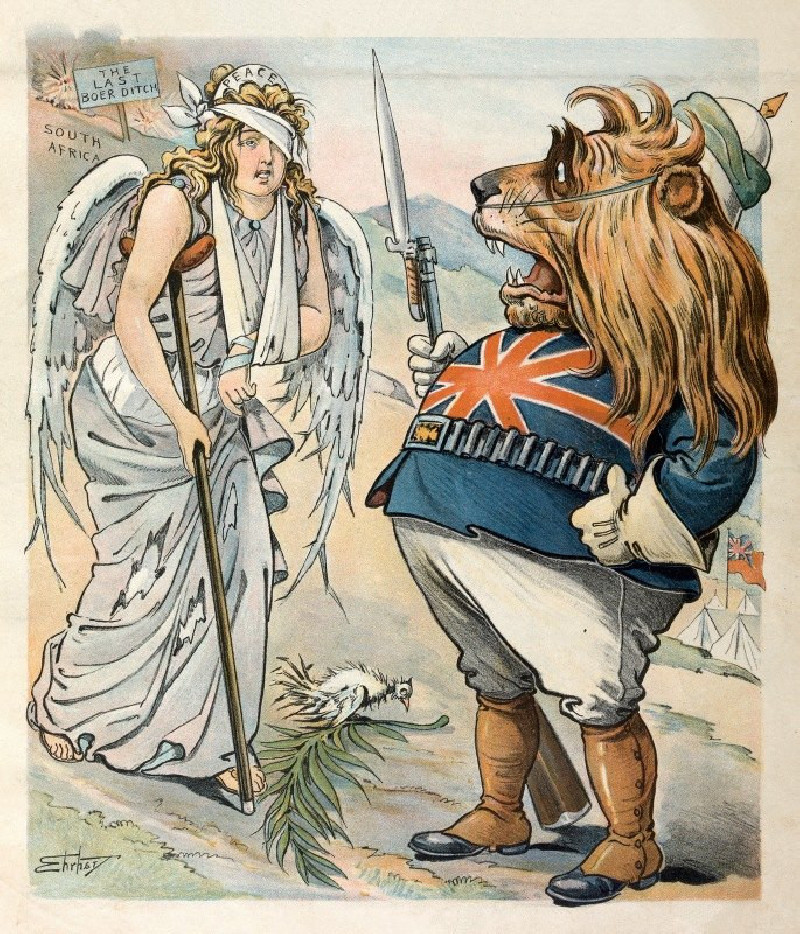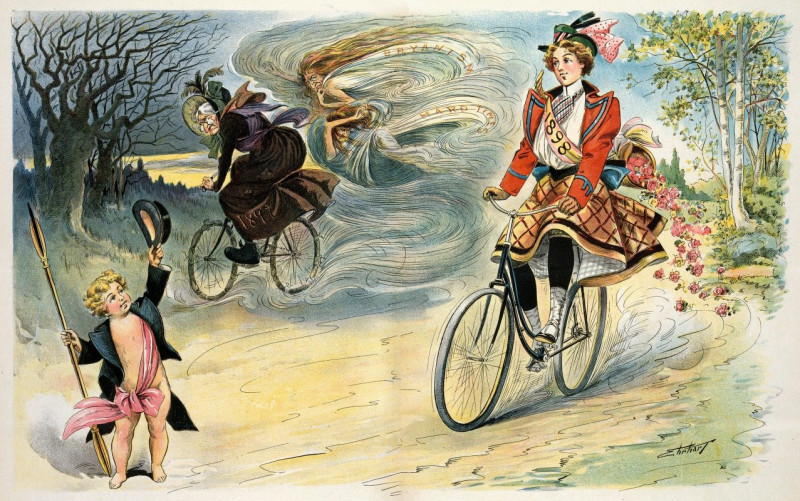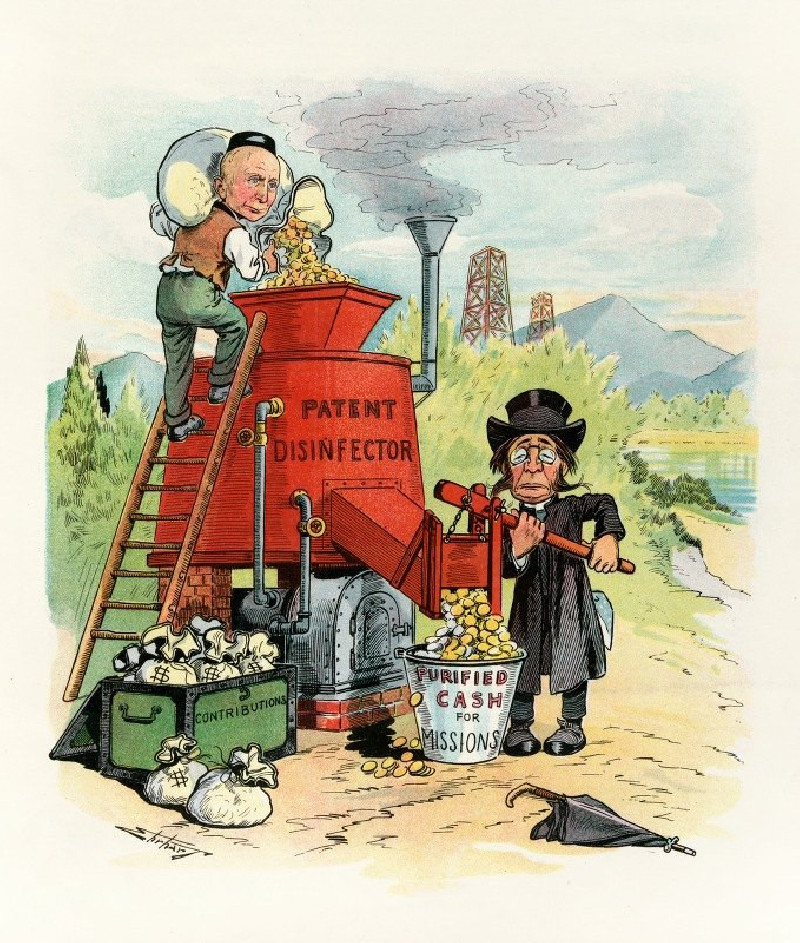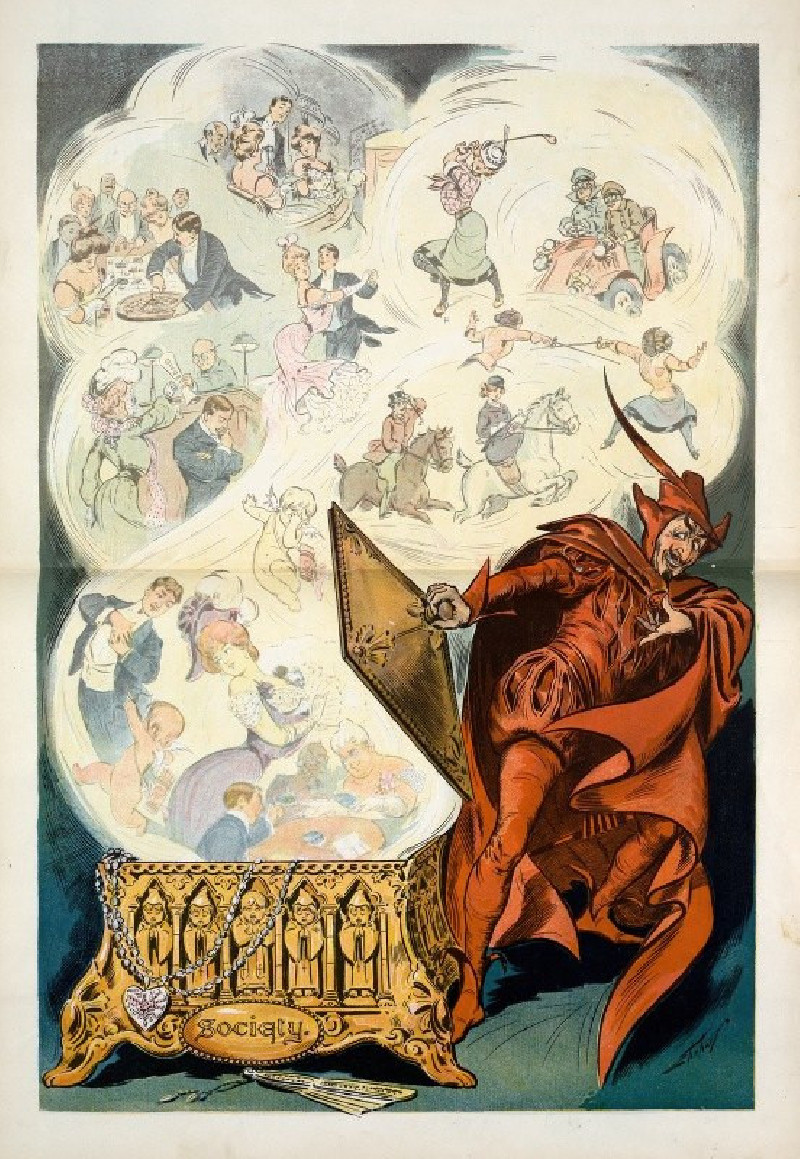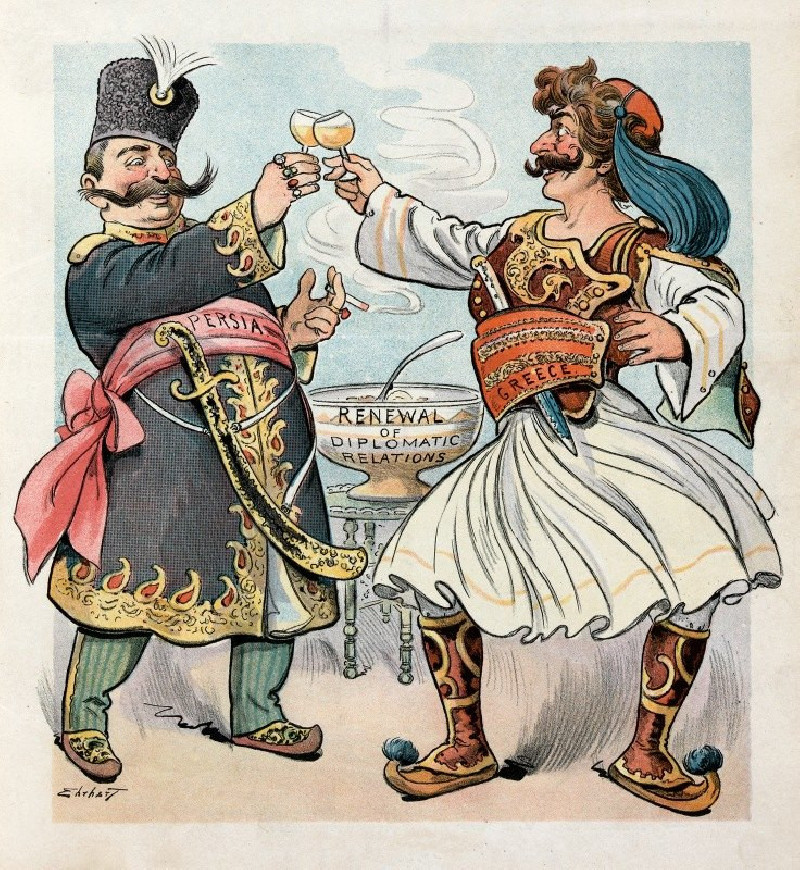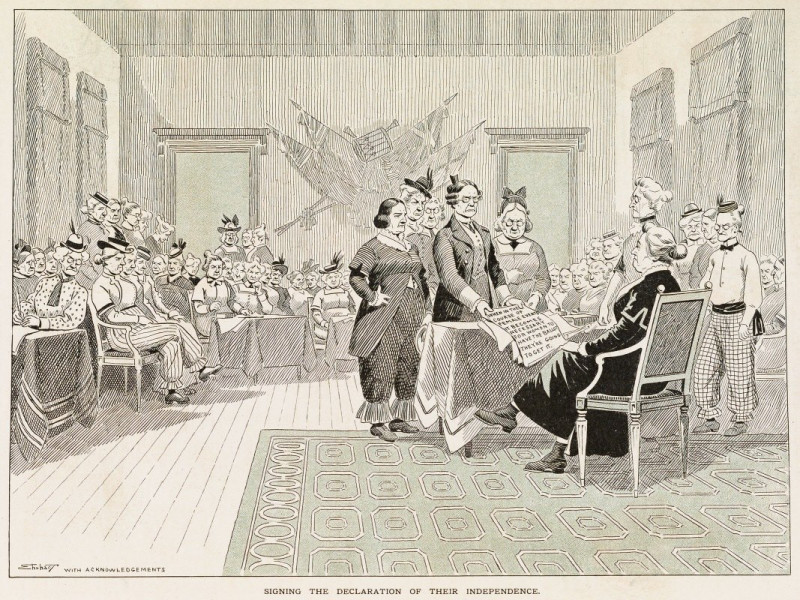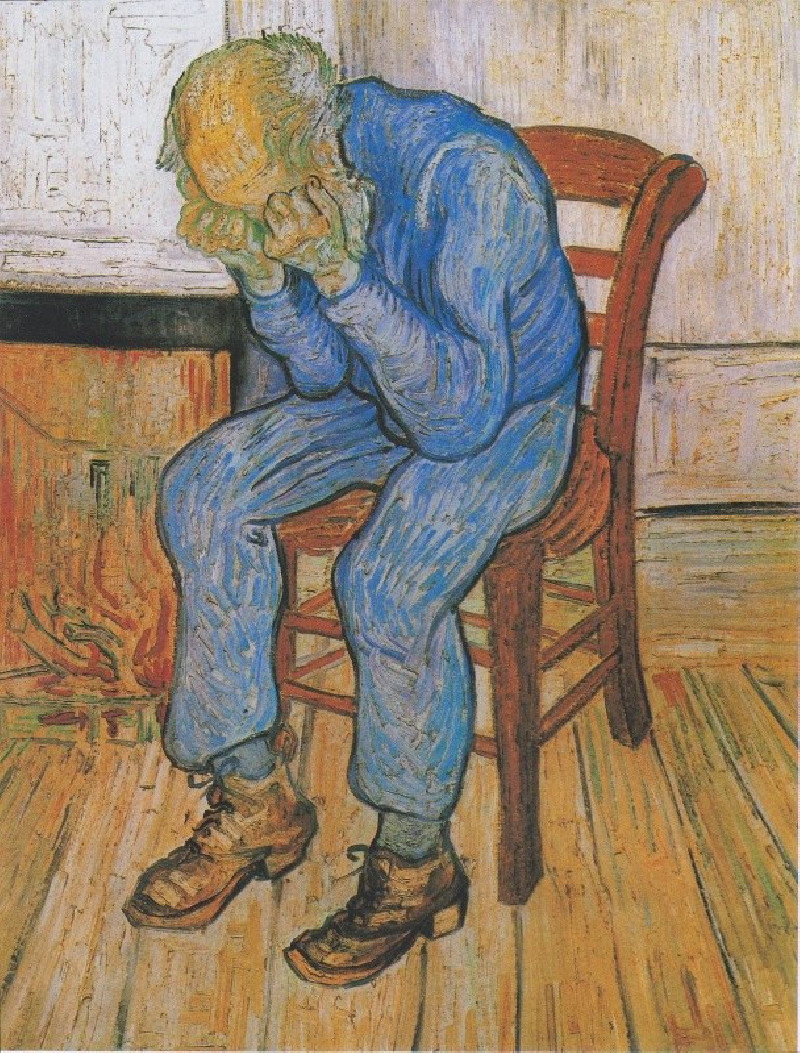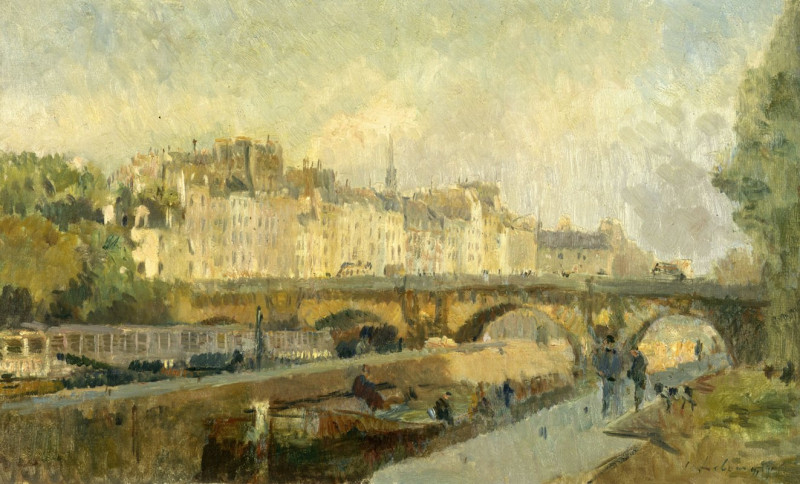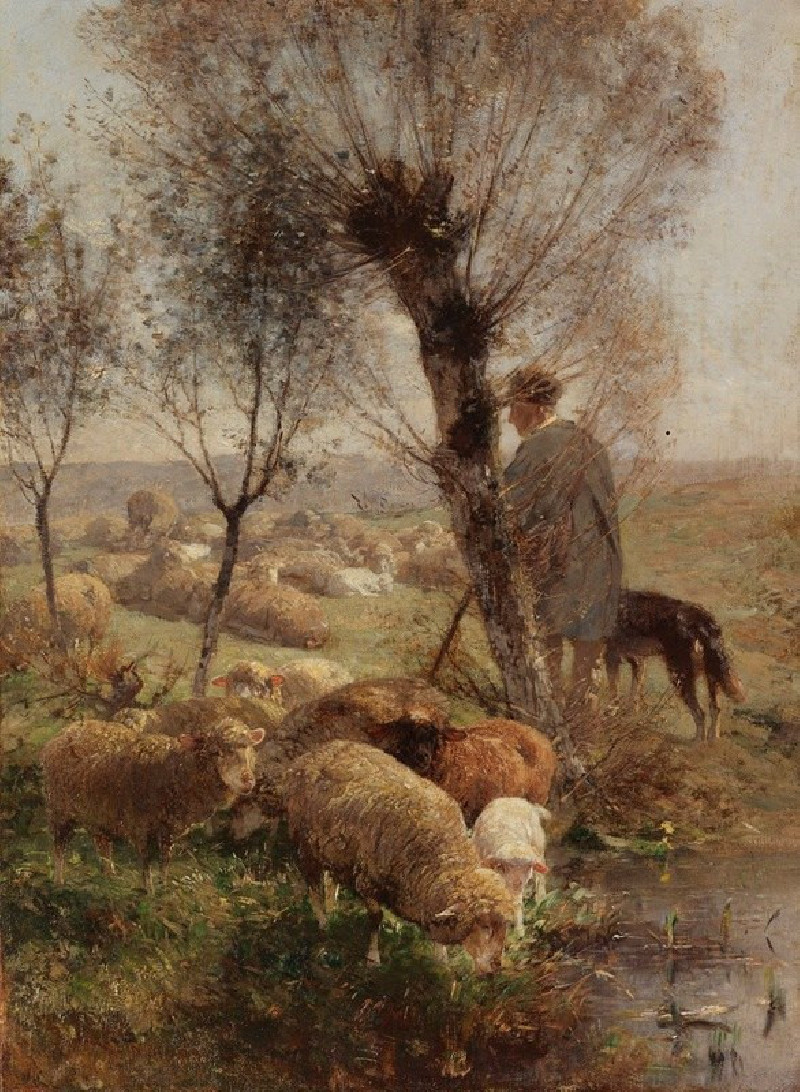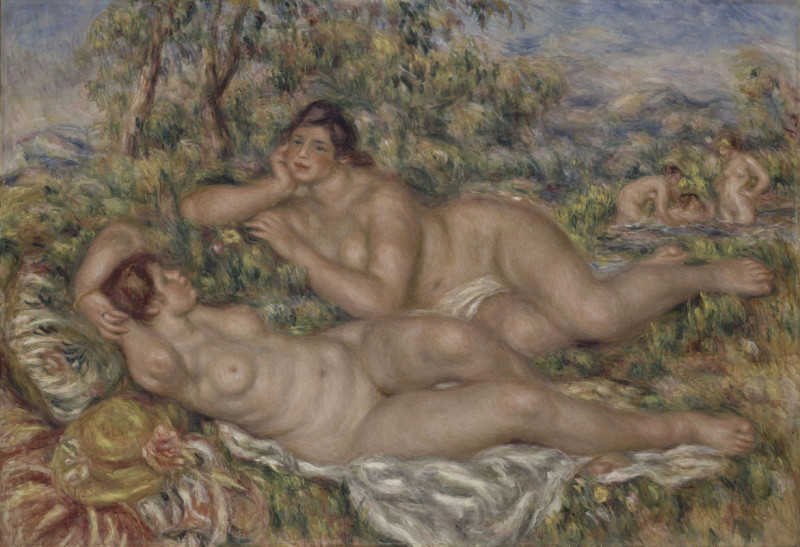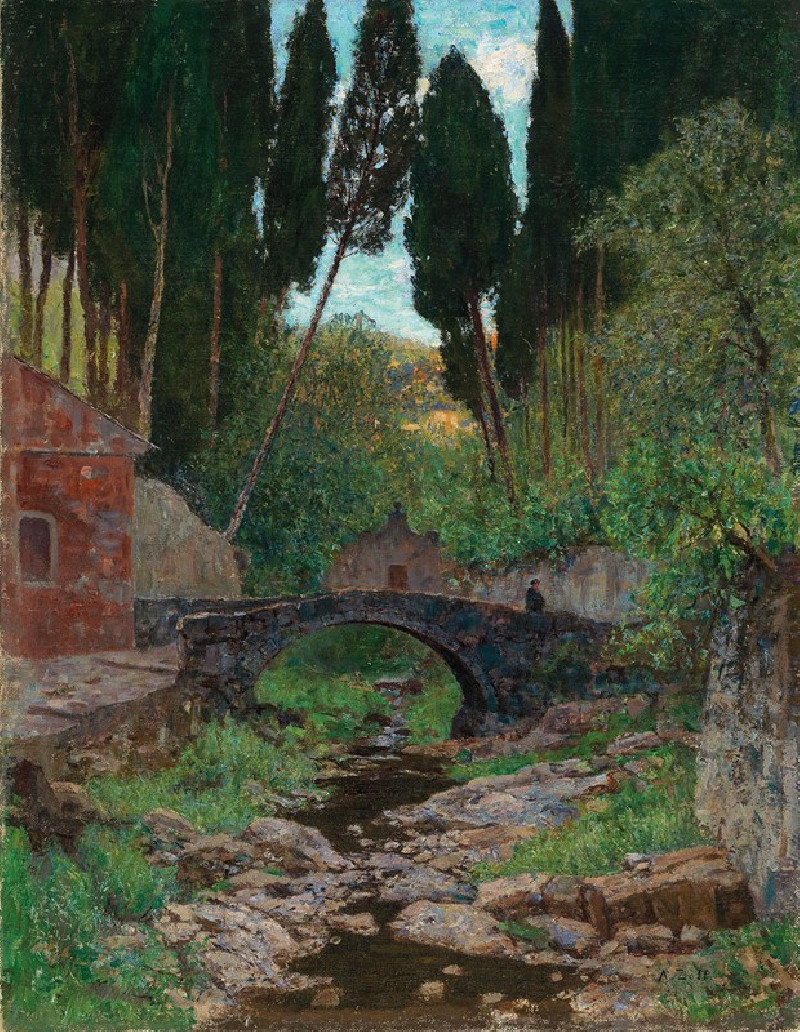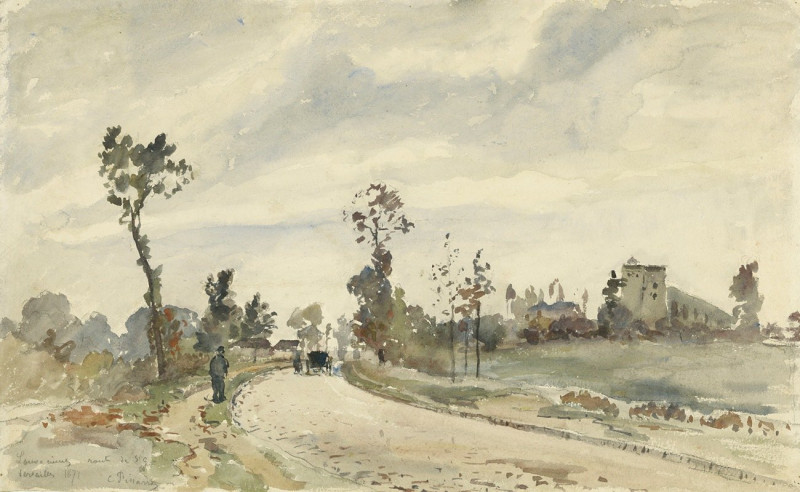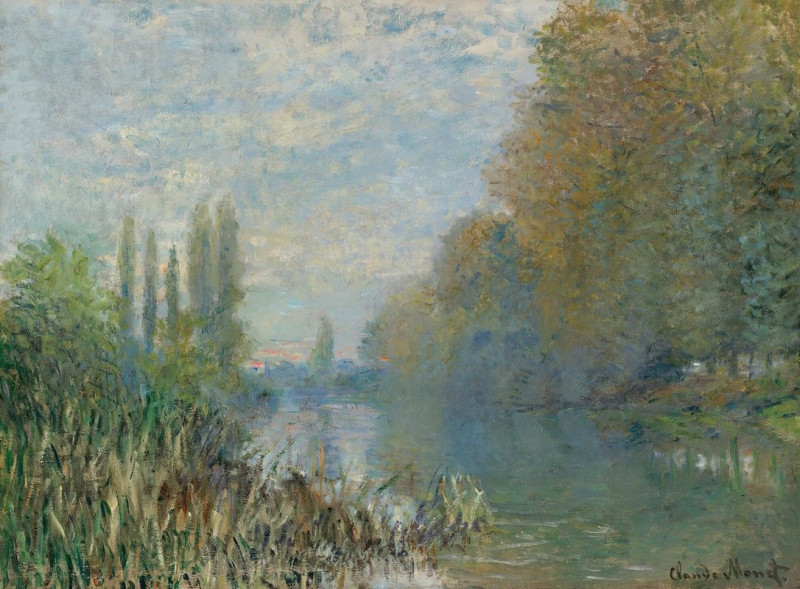As to the many theatrical failures, business will pick up when (1903)
Technique: Giclée quality print
Recommended by our customers
More about this artwork
Samuel Ehrhart's vivid 1903 painting, titled "As to the many theatrical failures, business will pick up when," presents a satirical and multifaceted exploration of the theater business at the turn of the 20th century. Ehrhart, known for his incisive and often humorous take on American life, fills this work with an array of scenes that critique the production and reception of theater during his time.The central focus of this colorful artwork is a large, central vignette surrounded by smaller scenes that together form a lively visual narrative. The central image, likely symbolic of the ideal audience's reactions, depicts a group of well-dressed spectators, their expressions ranging from amused to critically engaged, peering down as if watching a play. These are the patrons that theaters aspire to attract and please, their expressions reflecting the success or failure of the theatrical production.Surrounding this central panel are various scenes depicting different aspects of the theater world. On the left, we see ticket speculation happening outside a busy theater, hinting at the commercial strategies influencing theatrical success. Another panel humorously illustrates the dismantling of a theater, perhaps suggesting the transient and often unstable nature of theatrical ventures.Further scenes provide a behind-the-scenes glimpse into the theatrical production process: craftsmen construct dramatic and oversized costumes, a symbol of the facade and artifice integral to theatrical productions. Nearby, a poster reads, "Plays must wait," and "Business manager's office," humorously commenting on the bureaucratic and business-oriented challenges that often overshadow artistic considerations.
Delivery
Returns
American cartoonist and illustrator born in Pottsville, Pennsylvania, Ehrhart received his education in the New York City school system. Subsequently, he studied art in Munich. His work appeared in Harper's Monthly (1878-79), Puck (1880, and 1888-1913), and Judge (1887). He died in Brooklyn, New York on October 26, 1937.

